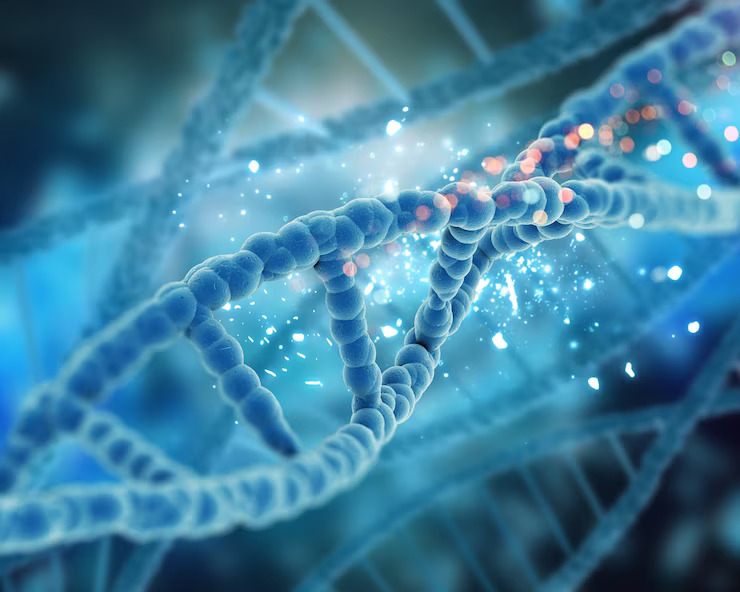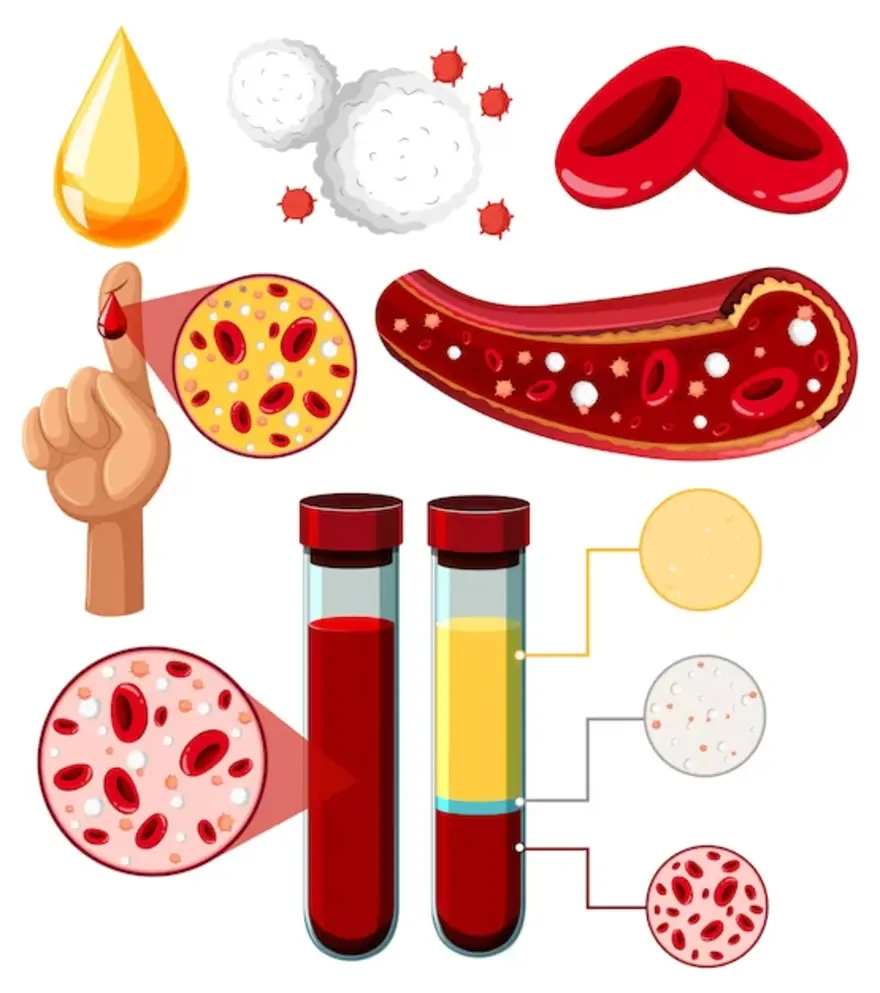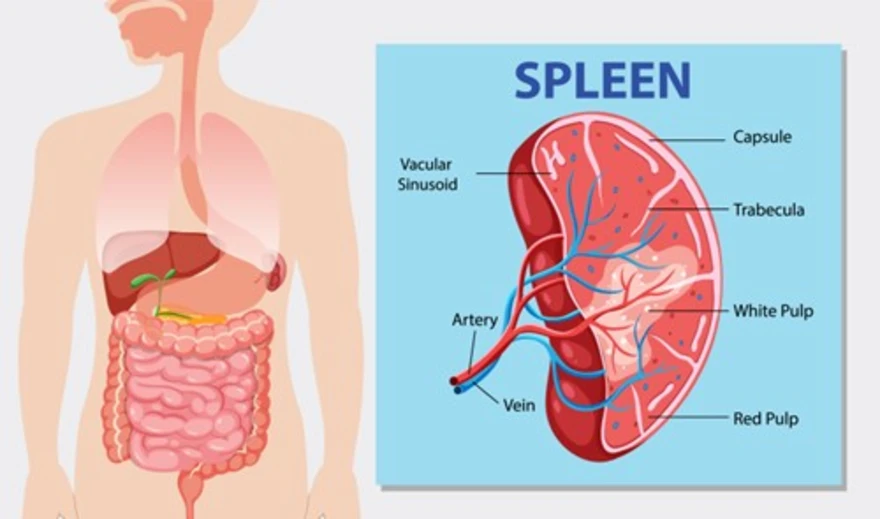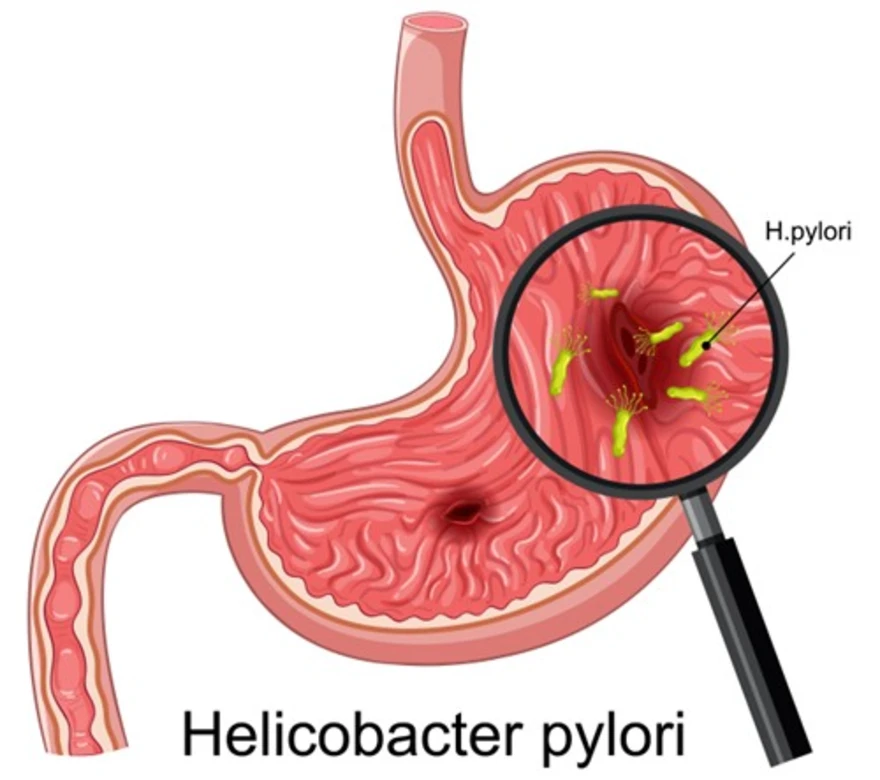Preventive Healthcare
Rare Disease: What is it? Causes and Diagnosis

Table of Contents
What is Rare Disease?
Rare diseases are uncommon conditions that affect a small percentage of the population, making them very uncommon in terms of occurrence. Rare diseases can be classified into primary and secondary. The former is caused by a genetic or congenital defect, while the latter occurs due to exposure to a toxic substance. Diagnosis of rare diseases is often difficult because the number of people affected is small, and medical knowledge about them may be scarce.
Statistics of Rare Diseases in India and Worldwide
According to the World Economic Forum and the Centres for Disease Control and Prevention, a "rare" ailment affects 475 million people worldwide or 10% of the total population. Per the Ministry of Health and Family Welfare, Government of India, and research done on rare diseases, 72 to 96 million people in India are thought to be affected by uncommon diseases.
The National Registry for Rare Diseases, administered by the Indian Council of Medical Research (ICMR), compiles epidemiological data about rare diseases. Four thousand and one distinct uncommon diseases had been identified as of October 31, 2021, with the following being the most prevalent:
- Haemophilia.
- Thalassemia.
- Cystic Fibrosis.
- Sickle cell anaemia.
- Hemangioma.
- Autoimmune diseases.
- Hirschsprung disease.
- Gaucher’s disease.
- Different forms of muscular dystrophy.
- Primary immune deficiency in children.
- Lysosomal storage disorders (such as Pompe disease).
What is The Cause of Rare Diseases?
For many rare disorders, the actual reason is still unclear. These conditions are known as uncommon genetic illnesses. Since many of these genetic changes are inheritable, they help to explain why some rare diseases run in families. However, in most cases, the issue can be linked to alterations (mutations) in one single gene. Genetics is only one reason, and many other factors, such as your diet, level of nutrition, alcohol consumption, smoking, environmental factors, or exposure to toxins, may also be responsible. These reasons may either directly affect and be a cause for the disease or act in concert with hereditary factors and worsen the existing condition.
How Does Getting a Rare Disease Diagnosis Help?
Many people with uncommon diseases go years without receiving a diagnosis. Most individuals with a rare or unidentified condition simply receive symptomatic care. A precise diagnosis can lead to better illness management, the identification of promising medicines, and the avoidance of needless medications that might have serious side effects.
Knowing the causal variation and the inheritance route for rare hereditary diseases helps patients assess alternative family planning strategies and educates them about the danger of disease to future generations. Gene panels, microarrays, and exome sequencing have recently made it possible to pinpoint the molecular origin of such uncommon and undetected disorders.
Ways to Get Diagnosed for Rare Disease
The statistic most frequently used to contrast various genetic testing approaches for rare diseases is diagnostic yield. The patient group examined and the inclusion criteria can considerably impact the diagnostic outcome.
Whole-Genome Sequencing (WGS)
Of all the methods, it has the highest diagnostic yield. It has high genome coverage (> 97%) and can identify various variant types that cause the disease.
Whole-Exome Sequencing (WES)
Its diagnostic yield is the second-highest. Compared to WGS, WES discovers fewer variant types and covers a smaller portion of the genome (around 1.5%). WES is less expensive than WGS, nevertheless.
Targeted Sequencing
Specific genes are evaluated by targeted sequencing for rare diseases. The biggest panels cover less than 0.5% of the genome.
Chromosomal Microarrays (CMA)
By this method, 0.01% of the genome is covered. It concentrates particularly on sections of the genome that contain well-known disease-causing variations. Compared to WES and WGS, it often has a much lower diagnostic yield.
Benefits of Getting Rare Disease Diagnosis
Uniformed Disease Management
Physicians can choose custom therapies, offer disease-specific follow-up, and send patients to the proper specialists by understanding the mechanisms behind rare diseases.
Reduces Costs
Genomic diagnosis for uncommon diseases can assist in eliminating expensive testing and treatments and decrease pointless referrals by avoiding protracted diagnostic odysseys.
Reproductive Therapy
A rare disease's inheritance pattern can be identified, which helps patients and both their immediate and extended relatives make educated decisions about how to raise their families.
Mental and Social Benefits
Receiving a molecular diagnosis not only spares families affected by rare diseases the anxiety connected with diagnostic odysseus but also unites them in a community of support groups for rare diseases.
Societal Advantages
It is possible to find new medication targets and enhance the effectiveness of care by understanding the genomes of uncommon diseases.
Future Scope of Rare Disease Diagnosis
Per the article published by NCBI, even if effective treatments are available, there are still serious disparities in patient access to them because 94% of rare diseases do not yet have an approved treatment. A low number of presently incurable rare diseases have their first treatment approved each year.
Major public-sector research projects in this field have originated or grown in several nations, most notably from the European Commission (EC), the US National Institutes of Health (NIH), and the recently established Japan Agency for Medical Research and Development (AMED).
Public funders, researchers, businesses, and individuals are now more frequently collaborating and engaging with one another for treatment options and research on rare diseases.
Conclusion
The word rare disease is the medical term for a condition that affects only a small percentage of the population. Although rare diseases are not life-threatening, they can make your life very difficult in some ways, especially if there is no cure or very few treatment options. They can affect your physical health, mental health, and social health. Their symptoms and effects can vary in severity, and there are many different types of rare diseases. Don't delay getting diagnosed to explore the right treatment options.


























